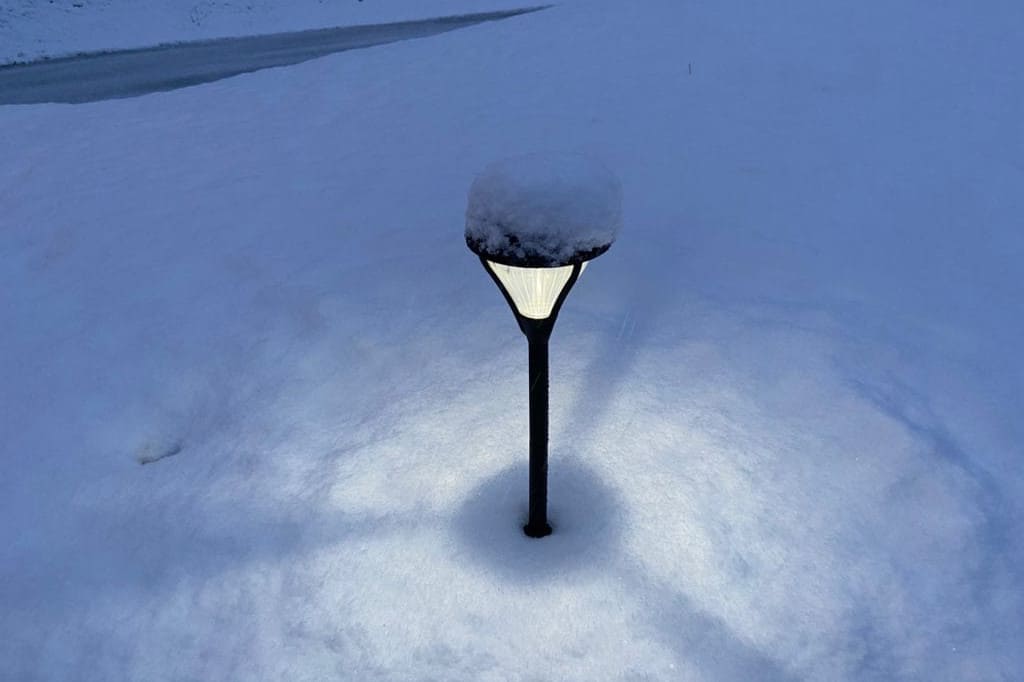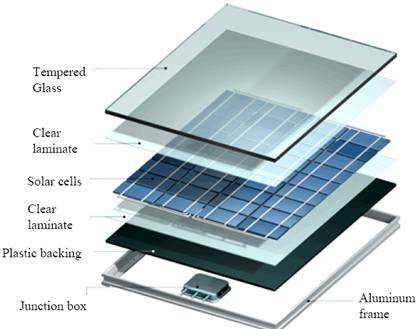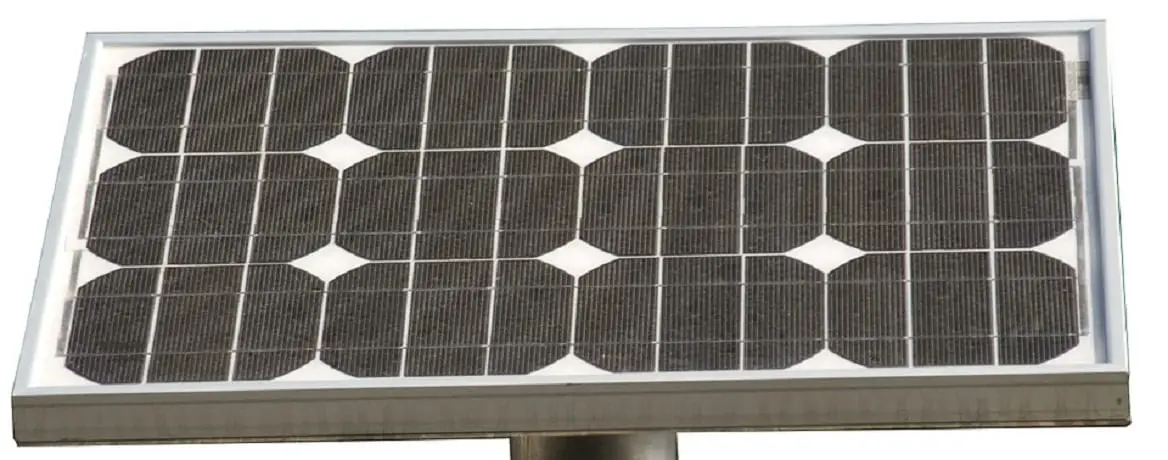

To investigate a solar-powered motor, put a piece of masking tape on the shaft of the electric motor so it creates a tiny flag (see photo below). In the image below, we again show the connections on the back of the solar cell.
VIDEO DIRECT SUNLIGHT SOLARCELL FULL
In our setup, the solar cell measured I sc = 0.48 amps in full sunlight (your results may vary). Like a wire, an ammeter has very low resistance, so will register a measurement similar to a short circuit. This is called the short-circuit current, or I sc. The maximum current that a solar cell can produce occurs when a wire is connected across the terminals. If that’s the case, you’ll need to move the input lead to that terminal.)

(Note that there may be a separate terminal for measuring amperes. Then, use a black clip lead to connect the common (COM) terminal of the meter to the negative terminal of the solar cell. Use a red clip lead to connect the positive terminal of the meter to the positive terminal of the solar cell. In our setup, the reading of 0.16 volts shows what happens when almost no light reaches the collectors.įlip the solar cell face-up again so the light hits it directly, and set the meter to “DC amperes” on a scale that will measure a few amperes of electrical current. The solar cell measured for the setup shown below, for example, had a V oc = 1.2 volts in full sunlight.įlip over the solar cell (see photo below), and watch what happens to the meter reading. Tilt the solar cell in sunlight or lamplight and notice how the V oc changes. Since no current flows through a perfect voltmeter, a voltmeter measures the open circuit’s voltage. This is the voltage when no current is flowing through the cell. Measure the open circuit voltage ( V oc) across the solar cell. Then use the black clip lead to connect the common (COM) terminal of the meter to the negative terminal of the solar cell (see photos below). Using the red clip lead, connect the positive terminal of the meter to the positive terminal of the solar cell. Because this new type of solar cell could potentially operate around the clock, it is an intriguing option to balance the power grid over the day-night cycle.Working outside, in a sunny place (or indoors, under a 100-watt incandescent bulb), set the multimeter to the DC voltage scale so it can measure a few volts. The device would work during the day as well, if you took steps to either block direct sunlight or pointed it away from the sun. "You have to use different materials, but the physics is the same."

In these new devices, light is instead emitted and the current and voltage go in the opposite direction, but you still generate power," Munday said. "A regular solar cell generates power by absorbing sunlight, which causes a voltage to appear across the device and for current to flow. This thermoradiative cell pointed at the night sky would emit infrared light because it is warmer than outer space. "We were thinking, what if we took one of these devices and put it in a warm area and pointed it at the sky," Munday said. Researchers have explored using them to capture waste heat from engines. There's another kind of device called a thermoradiative cell that generates power by radiating heat to its surroundings.

In the last five years, Munday said, there has been a lot of interest in devices that can do this during the daytime (by filtering out sunlight or pointing away from the sun). People have been using this phenomenon for nighttime cooling for hundreds of years. Space is really, really cold, so if you have a warm object and point it at the sky, it will radiate heat toward it. A conventional solar cell is cool compared to the sun, so it absorbs light. An object that is hot compared to its surroundings will radiate heat as infrared light. Munday said that the process is similar to the way a normal solar cell works, but in reverse. The researchers hope to improve the power output and efficiency of the devices. Munday, who recently joined UC Davis from the University of Maryland, is developing prototypes of these nighttime solar cells that can generate small amounts of power.


 0 kommentar(er)
0 kommentar(er)
